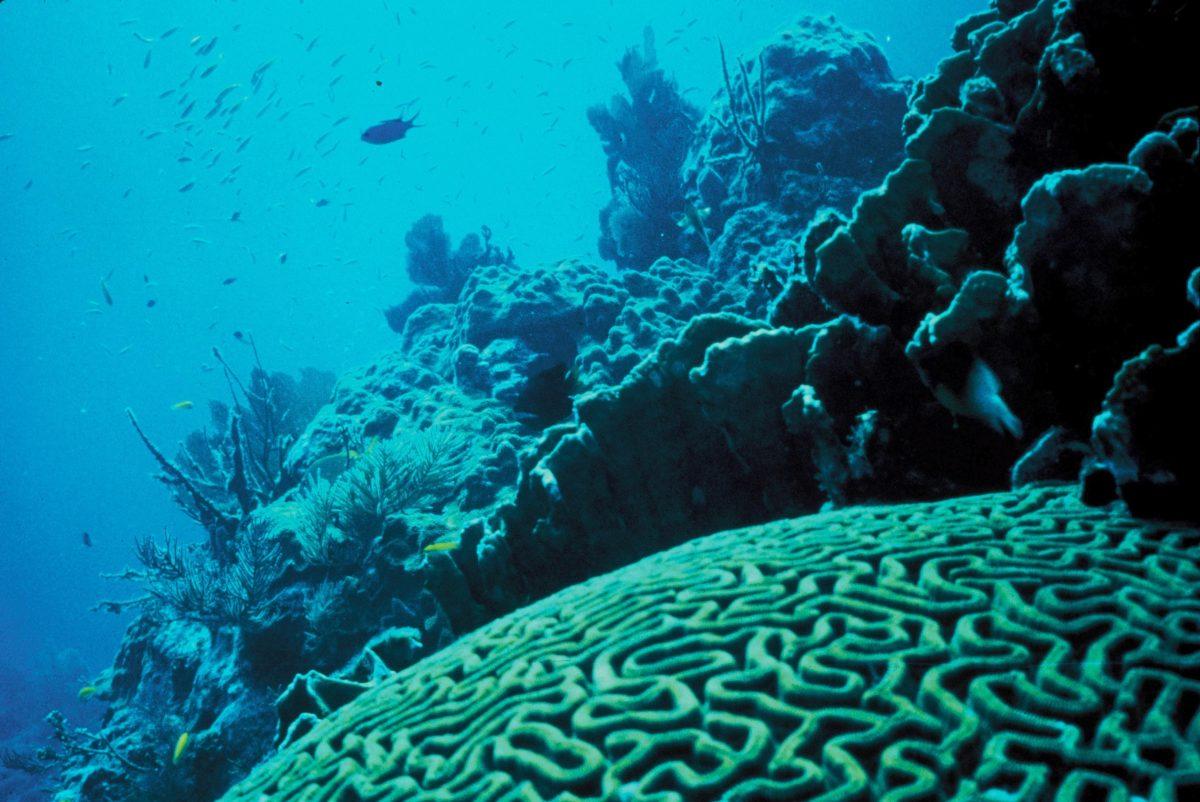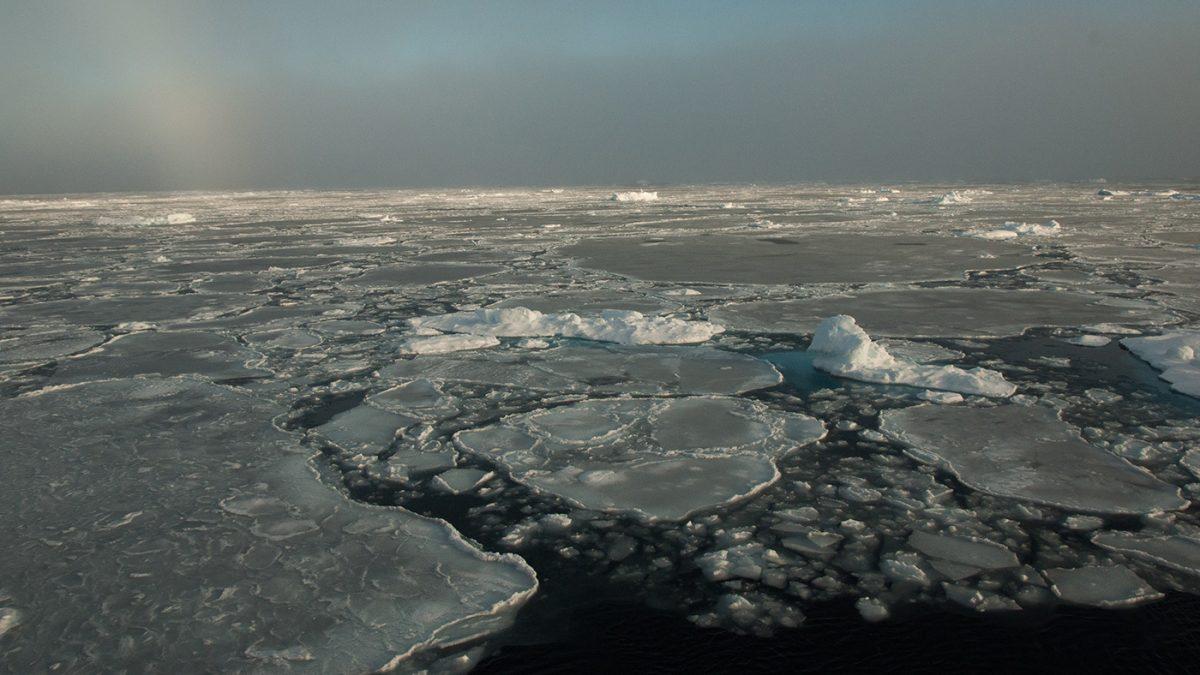As tensions in the U.S. around climate change continue to rise, new information has emerged about how climate change will affect the mercury levels contained in sea life.
Mercury is a metal element (Hg) that is toxic to human beings. Though regulation has increased in recent years, humans continue to disperse the metal into the environment. Until the 1990s, coal-burning power plants used in the creation of electricity were releasing mercury emissions into the air without regulation, and mercury was also used in household items like thermometers.
The United States began to regulate the substance more carefully through updates to the Clean Air Act in the 1990s and through the Mercury-Containing and Rechargeable Battery Management Act of 1996. The goal was to decrease the output of mercury into the environment, but new research suggests that risks associated with the metal have not diminished as much as people would hope.
Mercury is present in the environment in a wide range of forms and is known to harm humans in a variety of ways. The metal, which can be absorbed through the skin, can damage the nervous system, the digestive system and the immune system, as well as the kidneys, skin and eyes.
Mercury is also especially dangerous for young children and children in the womb, as it can cause birth defects and prevent the brain from developing properly. The most dangerous form of mercury is an organic form called methylmercury (CH3 Hg). This compound is not commonly found in the atmosphere, but is created in a complex aquatic cycle which transforms the most common form of inorganic mercury into methylmercury.
Methylmercury can then enter the food chain through microbial uptake. Zooplankton and other microbes absorb the organic mercury and then pass it on to the predators, which consume these smaller life forms. This consumption of prey containing mercury continues all the way up the food chain to fish eaten by humans.
A recent study has pinpointed changes to this food chain interaction as yet another terrifying result of climate change. As the climate changes, precipitation patterns shift, modifying the quality and composition of the water that runs off into coastal areas. Increased rainfall, along with increased farming activity leading to erosion, disturbs the clarity and organic matter contents of coastal water.
The study, conducted in Sweden, replicated the effects of this coastal water change. The scientists wanted to know if the change would damage microbial life in these areas. They found that the difference in water clarity presented a larger problem: an increased amount of methylmercury in the food chain.
In the experiment, the water clarity change meant organisms that preferred the dark were thriving, while those which needed light were dying out. Normally, phytoplankton, which prefer light, eat some organic matter (and methylmercury) and then are eaten by zooplankton, thus passing their contents up the food web.
In the new conditions, bacteria that preferred the darker conditions thrived and ate an increased amount of the organic matter before being eaten by protozoa and finally by zooplankton.
Since toxicity is amplified with each step in the food chain, the extra step of the protozoa has already doubled the presence of methylmercury by the time it reaches the zooplankton.
If toxicity levels doubled in zooplankton, methylmercury will be present in much higher levels in upper predators as well. Many of those upper predators are fish that humans consume, so the risk of human mercury intake is increased as well.
Much of the mercury in the water and atmosphere today is the result of human activity. The organic matter being washed into the oceans is often the result of human agricultural practices and environmental disturbance.
This study presents just one negative effect of climate change. However, it is an important scientific reminder about the risk that humans will be taking if the role of human activities in contributing to climate change is not addressed.







